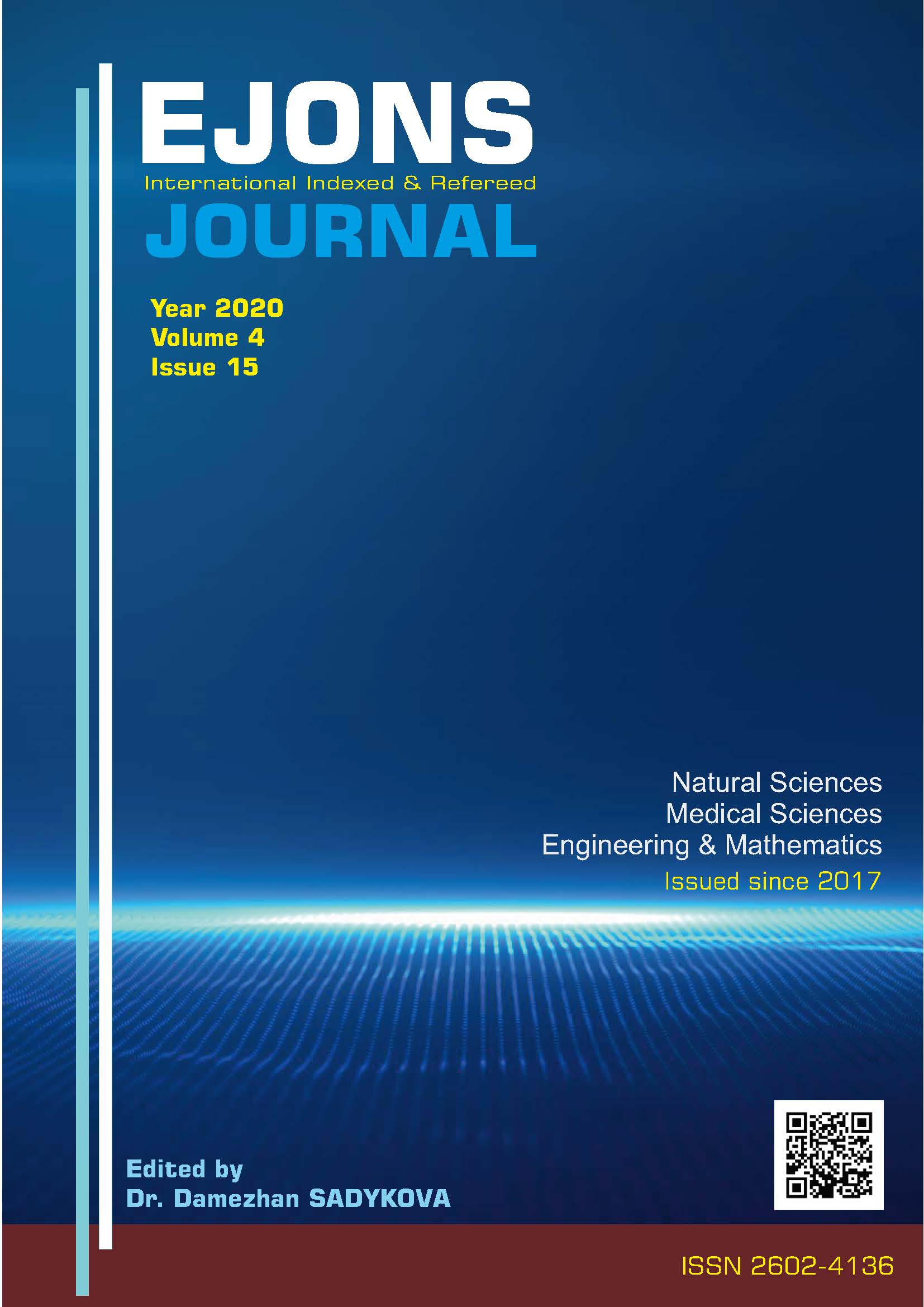University Students Eating Behavior Scale: Validity and Reliability Study
DOI:
https://doi.org/10.38063/ejons.316Keywords:
University Students, Eating Habits, Validity, Reliability, ScaleAbstract
Objectives; The aim of this study was to adapt the Adult Eating Behavior Questionnaire (AEBQ) developed by Hunot et al. (2016) into Turkish and is to provide a scale which can be used to determine the eating behavior of university students. Materials and Methods; For this purpose, the “Adult Eating Behavior Scale consisting of 43 items and a five-point Likert-type scale was applied to 133 students studying at different departments of a private university, Faculty of Health Sciences, and the data were analyzed. Results; The 43-item scale consisted of eight dimensions:” food enjoyment“,” emotional overeating“,” emotional malnutrition“,” food restlessness“,” food sensitivity“,” hunger“,” slowness in food “and” saturation sensitivity". In the analysis, the relationship between the subscales of the scale was examined and the factors were found to have a positive and significant relationship with each other. It has been confirmed that sub-dimensions are components of a structure called adult eating behavior and these together form a superstructure. The fit index values of the scale were found to be good / acceptable and structure validity was achieved. The goodness of fit index values calculated by confirmatory factor analysis was found to be good/acceptable and construct validity was provided for adult eating behavior scale. According to the exploratory factor analysis, the items were distributed to very similar factors with the items in the original structure of the scale. A total of 8 factors were identified and 71.653% of the total variance explained. The Cronbach's Alpha and CR values of the scale were found to be over 0.70. Conclusion; As a result, this scale is a reliable scale, which enables separation and validity conditions and validity of similarity in Turkey were found to be on a scale to measure eating habits of university students.
Downloads
Published
How to Cite
Issue
Section
License

This work is licensed under a Creative Commons Attribution-NonCommercial 4.0 International License.


